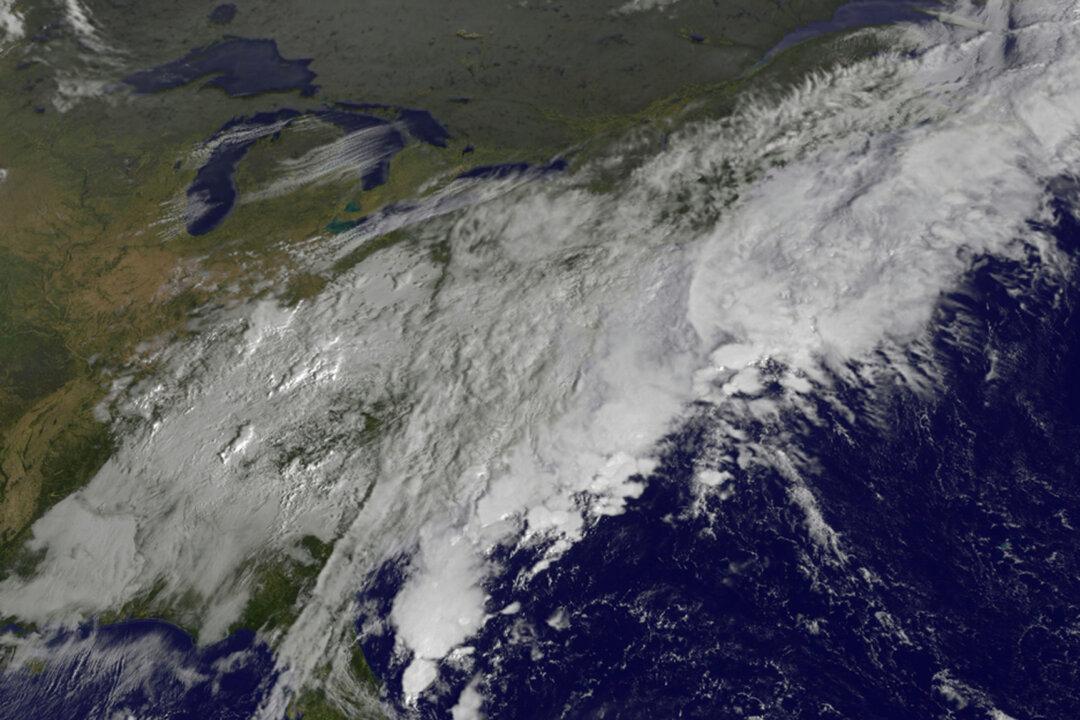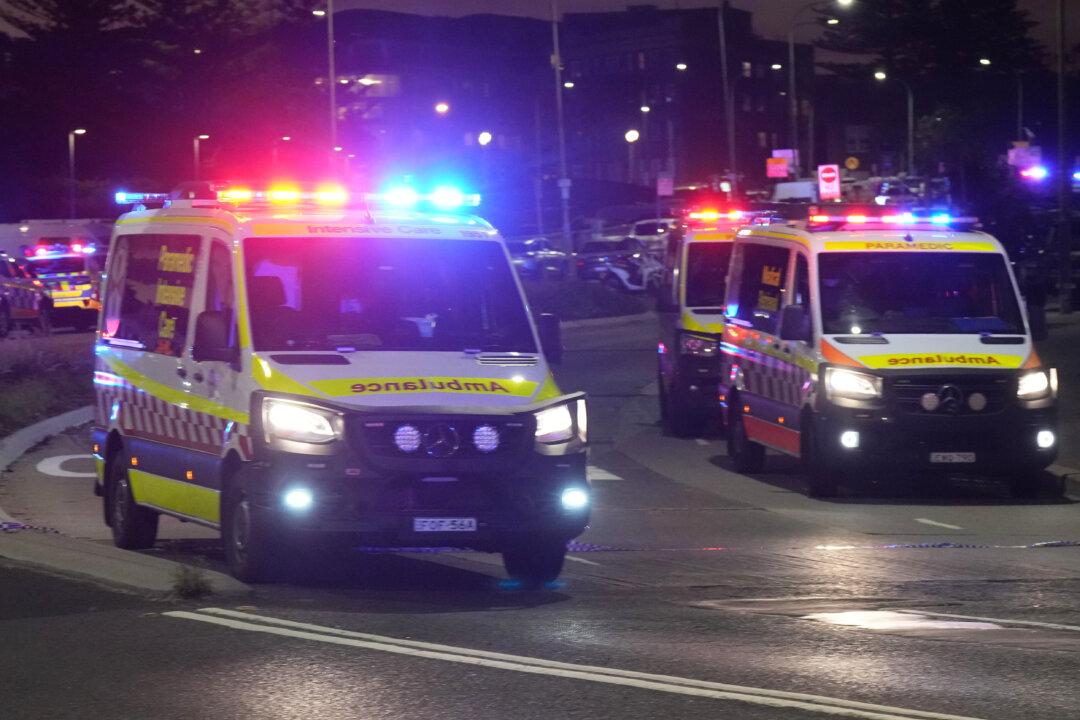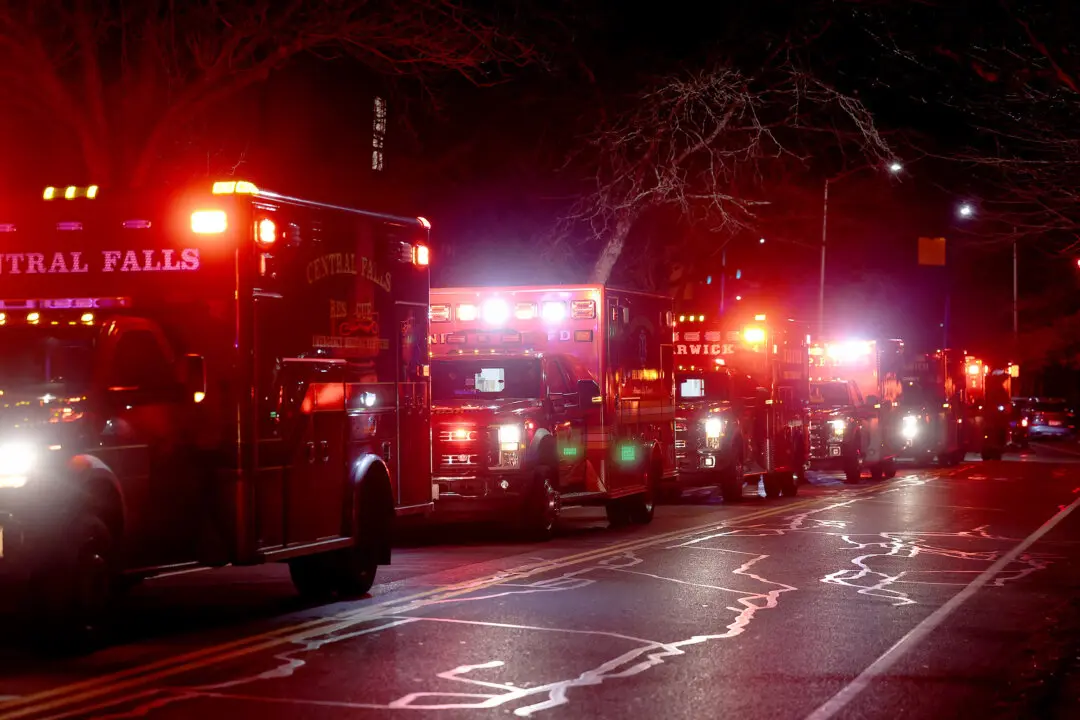The way Mother Nature works, you can never be too sure if a storm will actually hit or how hard it will hit, the governors of New York and New Jersey warned on Thursday morning as they both alerted citizens to get prepared for Hurricane Joaquin, a category 4 storm that swept through the Bahamas midday Thursday.
“There’s a possible storm headed our way, possibly a significant storm,” New York Gov. Andrew Cuomo said in a conference call with media.
Cuomo and New Jersey Gov. Chris Christie have made similar announcements about hurricanes at least twice in the last five years, when Hurricane Irene and Superstorm Sandy approached the Northeast region.
Irene, in late 2011, threatened a full force hit, causing New York City to shut down its subway system for the first time in its history. Both governors declared states of emergency while the pending disaster was still far away. By the time Irene touched land in both states, it had weakened to a mild tropical storm. New Yorkers took the storm in stride, unfazed. Although it ended up costing $1.5 billion in FEMA public assistance dollars across New York state, the city was left almost unscathed.
Fast forward a little over a year later, both governors again declared states of emergency days ahead of Hurricane Sandy, expecting an unprecedented storm impact. But some jaded citizens failed to heed the warning, remembering the last false alarm.
Sandy, billed as the second-costliest hurricane in United States history, made up for Irene’s shortcomings. It caused extensive damage along the Northeast coastline and brought saltwater into city subway stations. They got it right that time, but it could not prevent the $18 billion in destruction.
Thursday morning, both governors erred on the side of caution once again. In separate press conferences, they urged citizens to expect the worst. Cuomo told reporters that he’s taking the “worse case scenario into full consideration,” to avoid paying the price of past mistakes.





